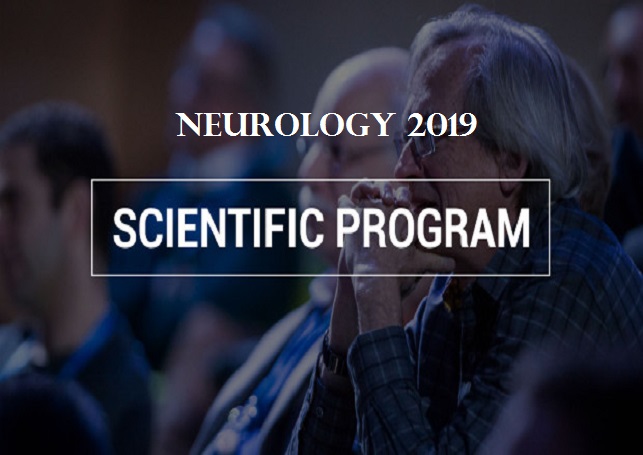
Esther Priel
Ben-Gurion University of the Negev, Israel
Title: Neuroprotective effects of telomerase increasing compounds in ex vivo and in vivo animal models of Alzheimer disease
Biography
Biography: Esther Priel
Abstract
The telomerase reverse transcriptase protein, TERT, in addition to its role in telomere extension and maintenance, possesses non-canonical functions such as: gene transcription regulation and protection of the mitochondria from oxidative stress. TERT is expressed in the adult brain and its exogenic expression protects neurons from oxidative stress and from the cytotoxicity of amyloid beta (Aβ). Therefore we suggest that increasing the expression of TERT in neurons by pharmaceutical compounds may protect them from the Aβ-induced neurotoxic effects. We used a primary hippocampal cells culture treated with aggregated Aβ as an ex vivo model for Alzheimer`s Disease (AD) and examined the effect of telomerase increasing compounds (AGS) on the Aβ neurotoxicity and the expression of various neuronal plasticity genes in vitro and in vivo in mouse hippocampus. AGS treatment transiently increased TERT expression in hippocampal primary cell cultures in the presence or absence of Aβ and protected neurons from the Aβ induced neuronal degradation. Following AGS treatment, both in vitro and in vivo, we observed a significant increase in the expression of growth associated protein 43, and feminizing locus on X-3 genes (NeuN), in the presence or absence of Aβ, and synaptophysin in the presence of Aβ. Neurotrophic factors (NGF, BDNF) expressions were also increased in AGS treated mice and the Wnt signaling pathway was activated. This data suggest that increasing TERT by pharmaceutical compounds partially exerts its neuroprotective effect by enhancing the expression of neurotrophic factors and neuronal plasticity genes in a mechanism that involved Wnt signaling activation.

